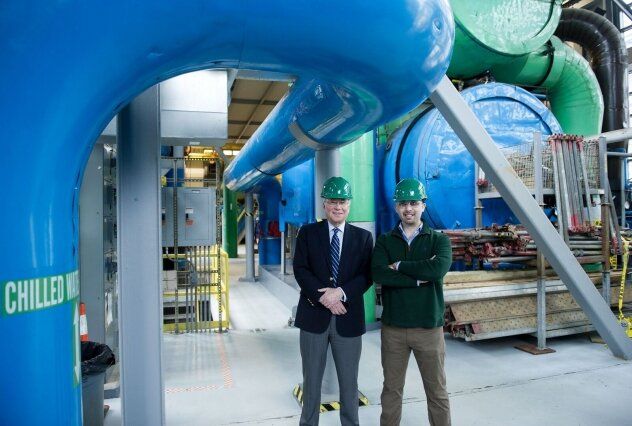Any day now, quantum computers will solve a problem too hard for a classical computer to take on. Or at least, that’s what we’ve been hoping. Scientists and companies are racing toward this computing milestone, dubbed quantum supremacy and seemingly just beyond our reach, and if you’ve been following the quantum computing story, you might wonder why we’re not there yet, given all the hype.
The short answer is that controlling the quantum properties of particles is hard. And even if we could use them to compute, “quantum supremacy” is a misleading term. The first quantum supremacy demonstration will almost certainly be a contrived problem that won’t have a practical or consumer use. Nonetheless, it’s a crucial milestone when it comes to benchmarking these devices and establishing what they can actually do. So what’s holding us back from the future?









